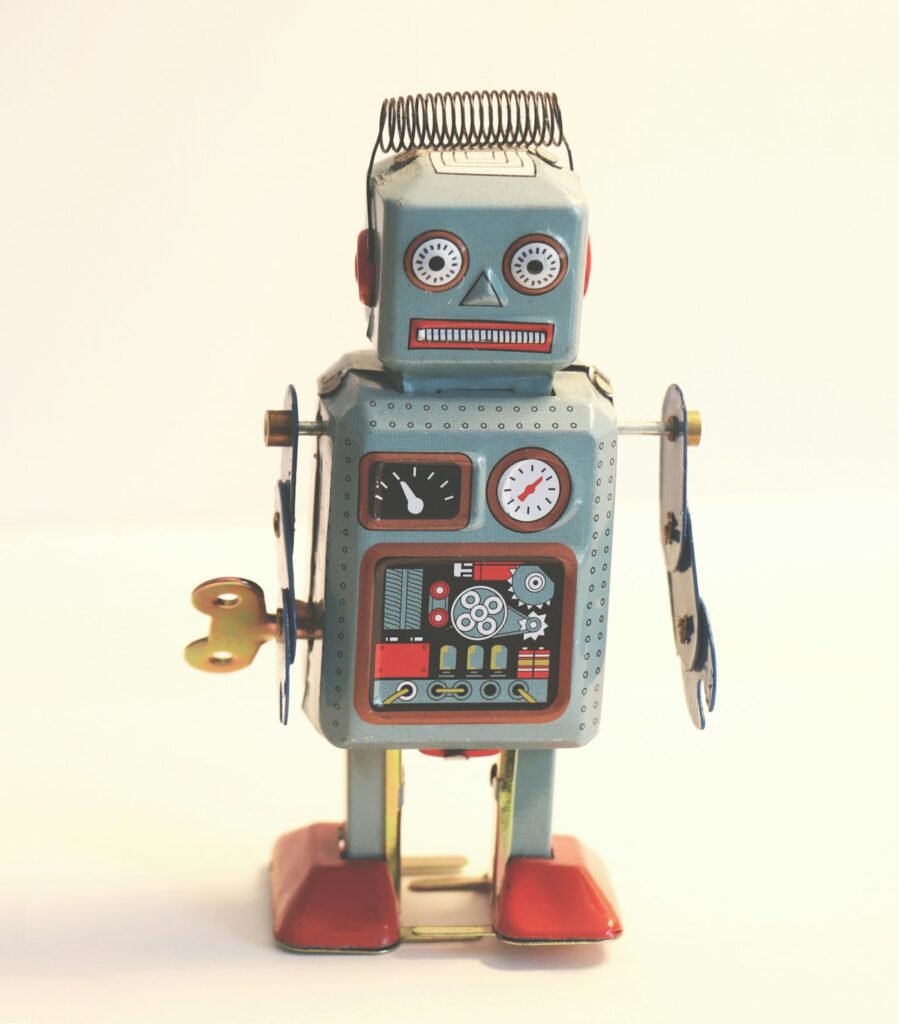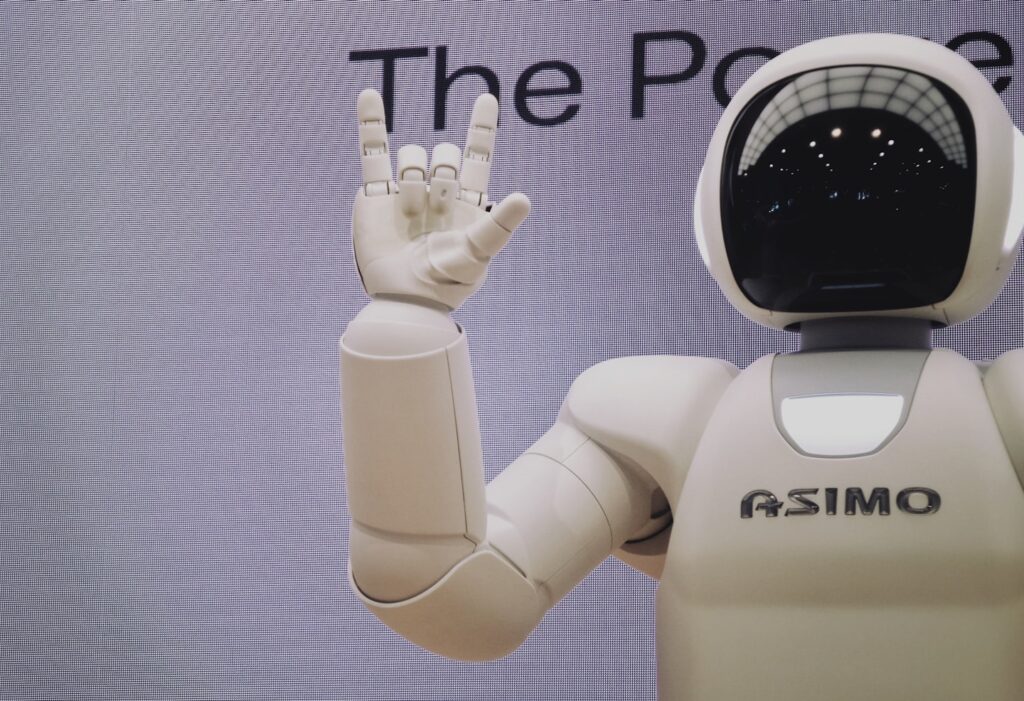The relentless march of robotics, propelled by ever-advancing artificial intelligence, is poised to extend its reach far beyond the factory floor and into the very fabric of our social lives. After 2025, as robots become more sophisticated, ubiquitous, and integrated into our homes, workplaces, and public spaces, they will not only perform tasks but also increasingly interact with us on a social and even emotional level. This burgeoning era of human-robot interaction will inevitably challenge and reshape our understanding of what it means to be human and the social norms that govern our interactions. This analysis will explore the multifaceted ways in which robots, in the coming years, will change and challenge the meaning of humanity and our established social norms.
- Redefining Work and Human Purpose:
The most immediate and tangible impact of advanced robotics will be on the nature of work. As robots become capable of performing increasingly complex and cognitive tasks, the traditional roles and responsibilities of human workers will be significantly altered.
The Automation of Labor and the Question of Purpose: From manufacturing and logistics to customer service and even creative industries, robots powered by sophisticated AI will automate tasks previously considered uniquely human. This widespread automation will inevitably lead to job displacement across various sectors, forcing us to confront fundamental questions about human purpose and identity in a world where labor is no longer the primary defining characteristic. Will we find new meaning in leisure, creativity, and social connection, or will widespread unemployment lead to social unrest and a crisis of identity?
The Rise of Human-Robot Collaboration and New Skill Sets: While some jobs will be automated entirely, many will evolve into collaborative partnerships between humans and robots. This will necessitate the development of new skill sets focused on managing, programming, and working alongside robotic systems. Our understanding of a “skilled worker” will shift, emphasizing adaptability, critical thinking, and the ability to leverage robotic capabilities. This collaboration will challenge traditional hierarchical structures in the workplace, potentially leading to more fluid and dynamic teams composed of both humans and machines.
The Ethical Implications of Algorithmic Management: As AI-powered robots take on supervisory and management roles, new ethical challenges will emerge. Questions of fairness, transparency, and accountability in algorithmic decision-making regarding human workers will need careful consideration. Ensuring that robots in management roles do not perpetuate biases or erode human dignity will be paramount.
- Challenging Social Interaction and the Meaning of Connection:
Beyond the workplace, robots are increasingly designed for social interaction, companionship, and even caregiving roles. This burgeoning field of social robotics will profoundly challenge our understanding of social norms and the very essence of human connection.
Robots as Companions and the Blurring Lines of Relationships: Social robots are being developed to provide companionship for the elderly, children, and individuals living alone. These robots can engage in conversations, offer emotional support, and even exhibit rudimentary forms of “personality.” As these robots become more sophisticated, the lines between human-human and human-robot relationships may become increasingly blurred. Will we come to accept robots as genuine companions, and what are the potential psychological and social consequences of forming emotional bonds with machines? Concerns about authenticity, empathy, and the potential for social isolation if human interaction is replaced by robotic companionship will need careful consideration.
The Automation of Care and the Essence of Empathy: Robots are being deployed in caregiving roles, assisting with tasks such as medication reminders, mobility support, and even personal hygiene. While these robots can provide valuable assistance, they currently lack the empathy, emotional intelligence, and nuanced understanding that characterize human caregiving. Relying heavily on robotic care could potentially dehumanize the care process, raising questions about the ethical implications of automating compassion and the importance of human touch and emotional connection in care.
Shifting Social Norms in Public Spaces: As robots become more prevalent in public spaces – as service providers, security personnel, or information kiosks – our social norms regarding interaction with non-human entities will need to adapt. How do we interact politely with a robot? What are the expectations regarding their behavior and our responsibilities towards them? The development of “robot etiquette” will be crucial for ensuring smooth and respectful coexistence.
- Questioning Human Uniqueness and Cognitive Superiority:
The rapid advancements in AI that power robots are increasingly challenging the notion of human cognitive superiority and our traditional understanding of what makes us uniquely human.
AI Capabilities and the Erosion of Cognitive Boundaries: Robots are demonstrating capabilities in areas once considered exclusively human, such as problem-solving, creativity (in limited forms), and learning. As AI continues to advance, the perceived gap between human and artificial intelligence may narrow, forcing us to reconsider our definition of intelligence and cognitive uniqueness. This could lead to a re-evaluation of our place in the cognitive landscape and a questioning of anthropocentric views.
The Potential for Artificial Consciousness and Sentience: While still largely in the realm of speculation, the possibility of future robots achieving some form of consciousness or sentience raises profound ethical and philosophical questions about their moral status and our obligations towards them. If robots become capable of feeling, experiencing, and having their own interests, our current anthropocentric ethical frameworks may need to be significantly revised.
Redefining Human Skills and Strengths: As robots excel in areas traditionally valued as human cognitive strengths, we may need to re-evaluate and appreciate uniquely human qualities such as emotional intelligence, creativity rooted in lived experience, complex social reasoning, and ethical judgment grounded in human values. Our understanding of human “skills” may shift to emphasize these less easily replicable traits.
- Challenging Notions of Identity and Embodiment:
The physical form and increasing anthropomorphism of some robots also challenge our understanding of identity and the significance of biological embodiment.
Anthropomorphism and the Illusion of Humanity: As robots become more human-like in appearance and behavior, we may be more inclined to attribute human-like qualities and intentions to them, even if they lack genuine consciousness or emotions. This anthropomorphism can lead to misunderstandings and potentially exploitative relationships. Discerning the difference between genuine human interaction and sophisticated mimicry will become increasingly important.
The Significance of Biological Embodiment: Our human experience is deeply intertwined with our biological embodiment – our physical sensations, vulnerabilities, and life cycle. Robots, with their artificial bodies and potentially indefinite lifespans, offer a different form of existence. This contrast may lead us to reflect more deeply on the significance of our biological nature in shaping our identity, emotions, and social interactions.
The Potential for Hybrid Identities and Cyborgization: Conversely, the increasing integration of technology into the human body, blurring the lines between human and machine, could also challenge traditional notions of identity and embodiment. As humans incorporate robotic prosthetics, implants, and other forms of cybernetic enhancement, our understanding of what it means to be human may expand to encompass these hybrid forms of existence.
- Reshaping Social Norms and Ethical Frameworks:
The integration of robots into our lives will necessitate the evolution of existing social norms and the development of new ethical frameworks to govern human-robot interactions.
Developing Rules of Engagement for Human-Robot Interaction: Clear social norms and protocols for interacting with robots in various contexts will need to be established. This includes defining appropriate levels of politeness, expectations regarding robot behavior, and guidelines for resolving conflicts or misunderstandings.
Establishing Ethical Guidelines for Robot Design and Deployment: Ethical considerations must be embedded in the design and deployment of robots. This includes ensuring safety, privacy, transparency, and accountability in their operation. Preventing bias in AI algorithms and mitigating the potential for harm or manipulation will be crucial.
The Need for Legal and Regulatory Frameworks: Existing legal frameworks may be inadequate to address the unique challenges posed by advanced robotics. New laws and regulations may be needed to govern issues such as liability for robot actions, data privacy in human-robot interactions, and the ethical use of robots in sensitive areas.
Public Discourse and the Evolution of Societal Values: The integration of robots into society will require ongoing public discourse and engagement to address the ethical and social implications. Our societal values and norms will likely evolve as we gain more experience interacting with these intelligent machines.
Conclusion:
After 2025, the increasing sophistication and pervasiveness of robots will profoundly change and challenge the meaning of humanity and our established social norms. From redefining work and purpose to questioning the essence of connection and cognitive superiority, robots will force us to reconsider what makes us uniquely human and how we interact with the world around us. Navigating this transformative era will require careful consideration of the ethical implications, proactive development of social norms and legal frameworks, and ongoing public dialogue. By embracing a thoughtful and critical approach, we can strive to integrate robots into our lives in a way that enhances human well-being, fosters positive social interactions, and preserves the core values that define our humanity in an increasingly robotic world. The challenge lies not in resisting technological progress, but in guiding its development and integration in a manner that aligns with our deepest values and aspirations for the future of humanity.u can include data, anecdotes, or expert opinions to reinforce your claims. Keep your language concise but descriptive enough to keep readers engaged. This is where the substance of your article begins to take shape.


